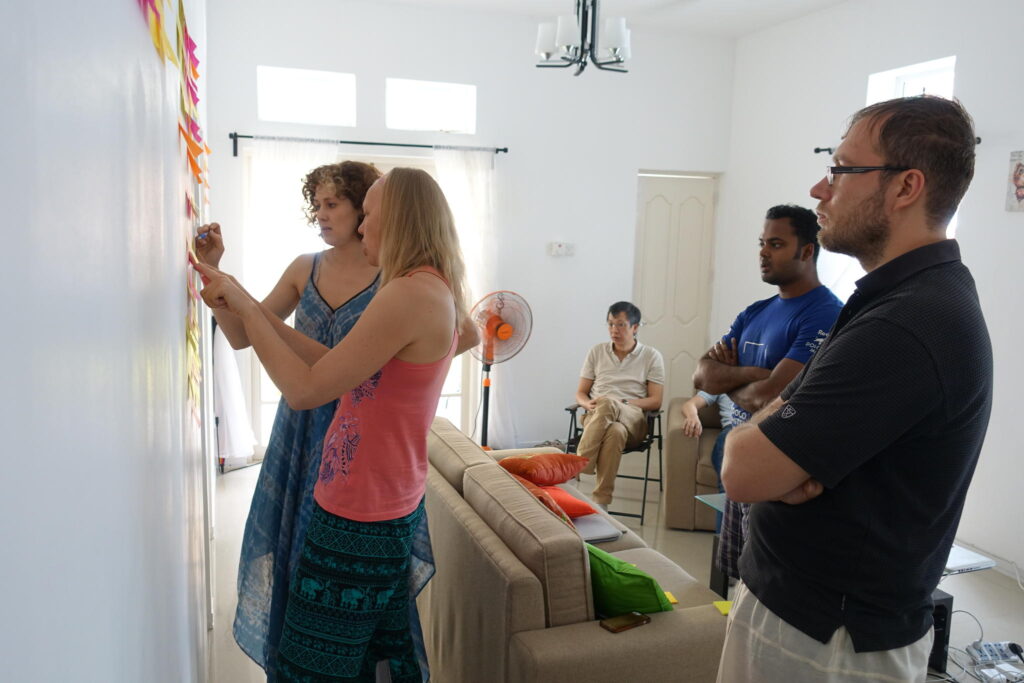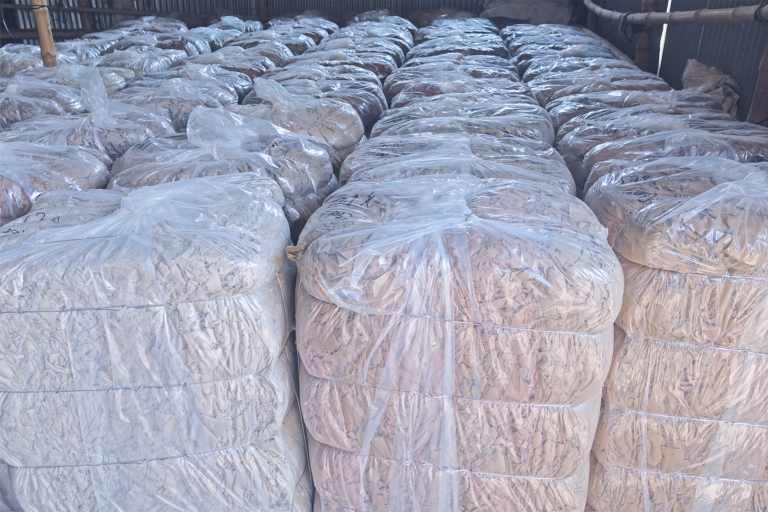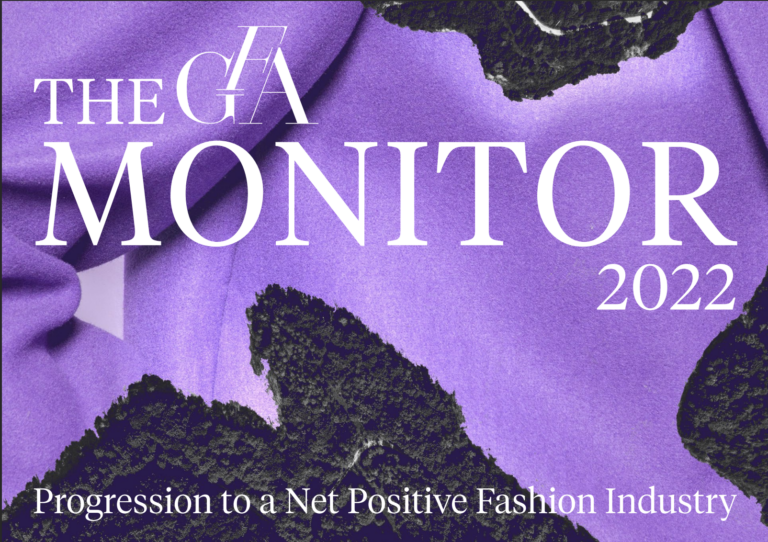Reverse Resources started its journey 5 years ago with merely an idea of what could be done about textile production waste. Little could we imagine the journey and discoveries ahead. And still now, after all these years, it feels like it’s just the start of something much bigger. But over the 5 years we’ve achieved some amazing things, so time to take a quick look back.
When registering the company 5 years ago we had an idea that cost savings can be made if fashion designers knew the volume and types of waste generated in production and had access to information about it to adapt their buying orders based on that. Our idea targeted small upcycling fashion brands, around 200 of such that we knew of. With that idea in mind it took us a year to find first support once we got into the Climate Launchpad and Climate KIC accelerator programmes. 20 000 eur award gave us a prototype and the “feeling” that we have already done something about it with our initial team. It was then 5 of us: Ann Runnel, Khalid Raihan, Neeme Praks, Aili Aamisepp and Urmas Pappel.
With the idea, a prototype (an online marketplace of leftover fabrics) and some case study calculations in hand from Bangladesh mass-production to explain the scale of the potential business case, we managed to get selected as top 5 finalist at the first ever Global Change Award by H&M Foundation. That 150 000 eur award suddenly opened all doors to peak into the world of large corporate fast fashion, learn how the system functions and what are the drivers and barriers of global supply chains if you want to implement any changes in there.
Over the next years we ran through a number of trials and experiments with suppliers in China, Bangladesh and Sri Lanka. First, the question was how much production waste is even there and which waste can’t be avoided in the first place? We realised quickly that waste volumes are significantly underestimated and there is no data on the waste volumes available anywhere in the world. There was a common misunderstanding that optimisation is already done as much as possible. But in mass-production avoiding waste fully is not possible and the volumes of it in reality are much higher than thought – up to 47% of all fabric and fibre gets wasted through different stages of production, starting from spinning up to ready-made garments shipped out of the factory (not including farm waste or unsold clothes from stores). We also realised that unless we can offer a business case or strong value proposition nobody actually needs to know the exact volumes – we need to first make sure that there is a demand for the waste.
We finetuned our remanufacturing concept on how to reuse leftover fabrics (bigger roll ends) in mass-production. In late 2017 – early 2018 we ran a pilot project with Weekday and proved a 2% cost saving from switching fly facing (a small detail fabric piece behind the zipper) of a pair of trousers when we ran a round of production of 800 trousers like this. Although the pilot was a success (and we now had indeed created a demand for the wasted fabric) we also learned that our solution is preserved as a huge business risk for suppliers, which makes it very difficult for us to scale such a solution. We published our white paper on these issues to share our findings so far.
With all the learnings and knowledge in mind we made a pivot and started to focus on the smaller cutting scraps that can be recycled into new yarns or non-woven materials. We realised that there the business risk for suppliers is not creating a barrier and in fact that problem we are solving is much more significant. First, because leftover fabrics already do get used in smaller producers and do get reused. Second, we also understood that not having any background information about waste scraps available from factories is creating a much bigger-scale market barrier for emerging high-end recyclers. The moment when large fashion brands started to announce goals towards becoming 100% circular, their supply chain started to react and look for solutions and we found ourselves a much more meaningful angle how to help bringing the supply and demand of waste together.
In October 2019 we launched our new platform for tracking and tracing production waste from Bangladesh garment factories to recycling. With our first amazing partners, Simco (Cyclo Yarns) and Apex we managed to prove that factories get significantly better price for their waste once they start segregating their waste by market demand. There is less manual sorting of the waste, which is cutting costs for traders of the waste while becoming more open and efficient stakeholders in the supply chain of waste. And recyclers gets premium class waste with full background information straight from the source which gives them a chance to sell their recycled products to high-end brands who require supply chain transparency from them. By now we have traced over 200 tonnes of waste to recycling and we’re launching next pilots with 3 other large suppliers to show that our solution is applicable and scalable from factory to factory, creating a network effect and even bigger benefits for different stakeholders. Although we can’t yet share the names, we are also working hand-in-hand with few of the largest fashion brands to drive the demand of recycling.
Over the five years, one by one the team changed. A natural process of every start-up – as you don’t really know which tasks and roles will be needed through the different stages of pivoting, it’s common that people come and go with the changes on the way. We are just extremely lucky to have all of the initial team members still with us as a back-up support whenever needed. And lucky to have been able to build a bullet-proof team over the time who can go through every challenge on the way. Soon after the Global Change Award Nin Castle, Dea Lasting and Hemel Bhuiya joined the team and stayed since, followed by others one by one. Now there is 8 of us, team growing step by step.
What makes our small team unique is that we are spread across Europe and Asia, working from 6 different countries – Estonia, Bangladesh, Spain, Netherlands, Hong Kong, France. We have only had few chances to meet all in one place. This makes our work challenging at times, but also reduces our flights and gives us a chance to be present in different spots of the world quite efficiently, which is crucial in the challenge that we have. I can only be amazed of the digital space (thanks Skype for starting it!) to make it possible for us.
We are a unique start-up also in that sense that we have been successfully running our start-up for 5 years from grants and awards. In addition to Climate KIC and GCA we have found support from Fashion For Good, Levi’s Collaboratory, Estonian Ministry of Environment, Postcode Lottery Green Challenge, Estonian Environmental Investment Fund (KIK) and Google + SAP Circular Economy 2030 programme. Thank you for all the support! Having now proven the business case we are about to close our first investment round. Stay tuned!
This is our story so far. We are very excited to see where this path takes us further. We are grateful for all the support on the way, as well as all the criticism and challenges that have made us stronger and helped us push through the walls of long-terms habits in the industry.
With the idea, a prototype (an online marketplace of leftover fabrics) and some case study calculations in hand from Bangladesh mass-production to explain the scale of the potential business case, we managed to get selected as top 5 finalist at the first ever Global Change Award by H&M Foundation. That 150 000 eur award suddenly opened all doors to peak into the world of large corporate fast fashion, learn how the system functions and what are the drivers and barriers of global supply chains if you want to implement any changes in there.
Over the next years we ran through a number of trials and experiments with suppliers in China, Bangladesh and Sri Lanka. First, the question was how much production waste is even there and which waste can’t be avoided in the first place? We realised quickly that waste volumes are significantly underestimated and there is no data on the waste volumes available anywhere in the world. There was a common misunderstanding that optimisation is already done as much as possible. But in mass-production avoiding waste fully is not possible and the volumes of it in reality are much higher than thought – up to 47% of all fabric and fibre gets wasted through different stages of production, starting from spinning up to ready-made garments shipped out of the factory (not including farm waste or unsold clothes from stores). We also realised that unless we can offer a business case or strong value proposition nobody actually needs to know the exact volumes – we need to first make sure that there is a demand for the waste.
We finetuned our remanufacturing concept on how to reuse leftover fabrics (bigger roll ends) in mass-production. In late 2017 – early 2018 we ran a pilot project with Weekday and proved a 2% cost saving from switching fly facing (a small detail fabric piece behind the zipper) of a pair of trousers when we ran a round of production of 800 trousers like this. Although the pilot was a success (and we now had indeed created a demand for the wasted fabric) we also learned that our solution is preserved as a huge business risk for suppliers, which makes it very difficult for us to scale such a solution. We published our white paper on these issues to share our findings so far.
With all the learnings and knowledge in mind we made a pivot and started to focus on the smaller cutting scraps that can be recycled into new yarns or non-woven materials. We realised that there the business risk for suppliers is not creating a barrier and in fact that problem we are solving is much more significant. First, because leftover fabrics already do get used in smaller producers and do get reused. Second, we also understood that not having any background information about waste scraps available from factories is creating a much bigger-scale market barrier for emerging high-end recyclers. The moment when large fashion brands started to announce goals towards becoming 100% circular, their supply chain started to react and look for solutions and we found ourselves a much more meaningful angle how to help bringing the supply and demand of waste together.
In October 2019 we launched our new platform for tracking and tracing production waste from Bangladesh garment factories to recycling. With our first amazing partners, Simco (Cyclo Yarns) and Apex we managed to prove that factories get significantly better price for their waste once they start segregating their waste by market demand. There is less manual sorting of the waste, which is cutting costs for traders of the waste while becoming more open and efficient stakeholders in the supply chain of waste. And recyclers gets premium class waste with full background information straight from the source which gives them a chance to sell their recycled products to high-end brands who require supply chain transparency from them. By now we have traced over 200 tonnes of waste to recycling and we’re launching next pilots with 3 other large suppliers to show that our solution is applicable and scalable from factory to factory, creating a network effect and even bigger benefits for different stakeholders. Although we can’t yet share the names, we are also working hand-in-hand with few of the largest fashion brands to drive the demand of recycling.
Over the five years, one by one the team changed. A natural process of every start-up – as you don’t really know which tasks and roles will be needed through the different stages of pivoting, it’s common that people come and go with the changes on the way. We are just extremely lucky to have all of the initial team members still with us as a back-up support whenever needed. And lucky to have been able to build a bullet-proof team over the time who can go through every challenge on the way. Soon after the Global Change Award Nin Castle, Dea Lasting and Hemel Bhuiya joined the team and stayed since, followed by others one by one. Now there is 8 of us, team growing step by step.
What makes our small team unique is that we are spread across Europe and Asia, working from 6 different countries – Estonia, Bangladesh, Spain, Netherlands, Hong Kong, France. We have only had few chances to meet all in one place. This makes our work challenging at times, but also reduces our flights and gives us a chance to be present in different spots of the world quite efficiently, which is crucial in the challenge that we have. I can only be amazed of the digital space (thanks Skype for starting it!) to make it possible for us.
We are a unique start-up also in that sense that we have been successfully running our start-up for 5 years from grants and awards. In addition to Climate KIC and GCA we have found support from Fashion For Good, Levi’s Collaboratory, Estonian Ministry of Environment, Postcode Lottery Green Challenge, Estonian Environmental Investment Fund (KIK) and Google + SAP Circular Economy 2030 programme. Thank you for all the support! Having now proven the business case we are about to close our first investment round. Stay tuned!
This is our story so far. We are very excited to see where this path takes us further. We are grateful for all the support on the way, as well as all the criticism and challenges that have made us stronger and helped us push through the walls of long-terms habits in the industry.




